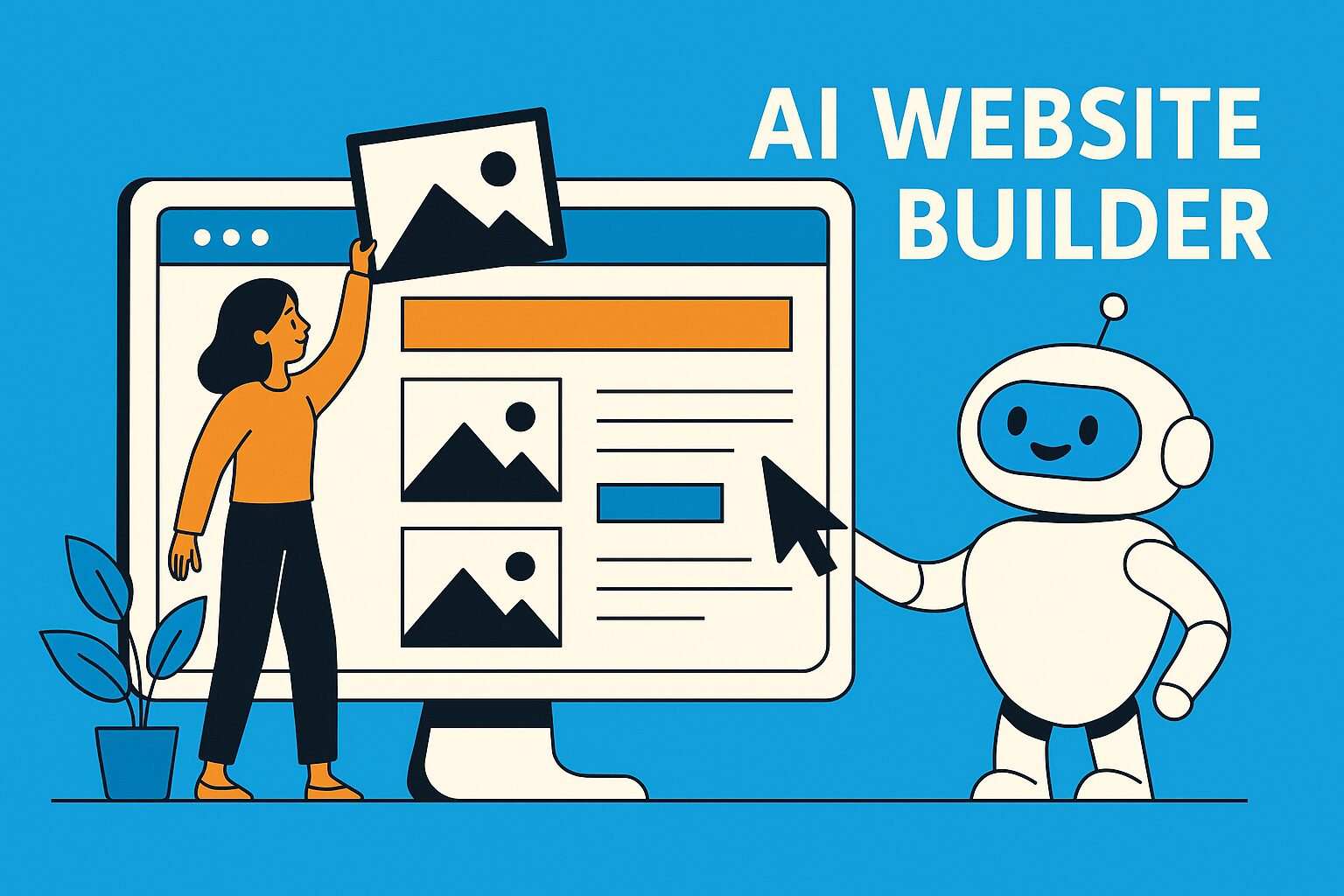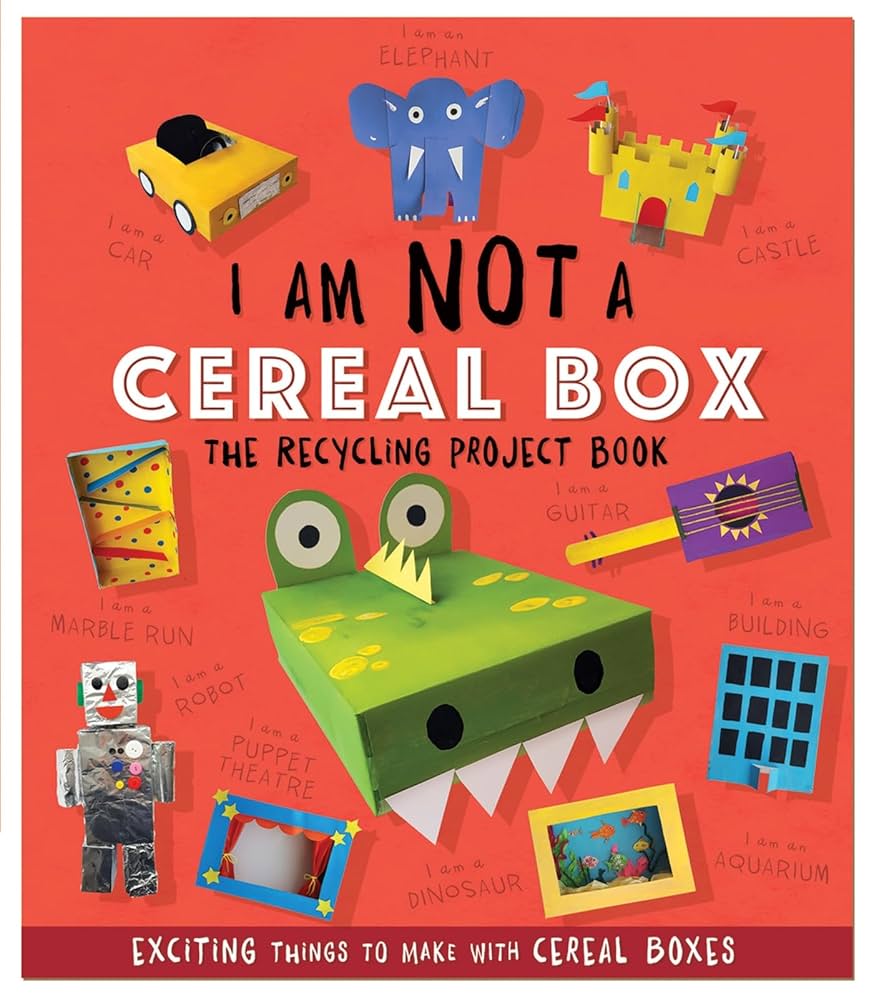Comprehensive Guide to Building Sustainable Organic Website Traffic as Analyzed by AI with Input from an SEO Strategist/Analyst
Organic website traffic – visitors who find your site through unpaid search results or content – is a cornerstone of long-term online success. Unlike paid ads that stop bringing visitors once the budget runs out, organic traffic can grow over time and continue delivering leads and sales. This guide will show businesses of all sizes (small, medium, and large) how to build sustainable organic traffic. We’ll cover the latest Google algorithm updates (and how to adapt), a step-by-step SEO strategy, ethical link-building, common SEO myths to avoid, traits of high-quality websites, recommended tools, real-world case studies, and a comparison of traffic sources from Google to social media. Let’s dive in with a professional, practical approach aimed at growing your revenue and visibility for the long haul.
Adapting to Recent Google Algorithm Updates
Search engines – especially Google – constantly evolve their algorithms to improve search results. In recent years, Google has aggressively targeted mass-produced, low-quality content that “feels made for search engines” rather than for people. For example, the March 2024 Core Update fully integrated Google’s “Helpful Content” system into the core algorithm, aiming to “show more helpful, relevant results by devaluing content created for search engines rather than people.”. Google estimated this update alone would cut low-quality, unoriginal content in search results by 40% – and the actual outcome was even better, with ~45% less such content after rollout. In parallel, a March 2024 Spam Update tackled “scaled content abuse,” meaning sites pumping out huge volumes of AI-generated or low-value pages to game rankings. It also cracked down on spammy tactics like using expired domains and hosting junk content on otherwise authoritative sites (“parasite SEO”).
Key Google Updates (2022–2025) to note:
- Helpful Content Updates (2022-2023): Introduced a new system demoting unhelpful, mass-produced content. By 2024, this system was baked into Google’s core ranking algorithm, signaling that “helpfulness” is now a fundamental ranking factor, not a niche add-on.
- Core Algorithm Updates: Broad updates (like Mar 2024 core update) that refine how Google evaluates content quality, relevance, and E-E-A-T (Experience, Expertise, Authoritativeness, Trustworthiness). These updates target content written solely to rank (e.g. keyword-stuffed, thin pages) and reward content that provides genuine value to users.
- SpamBrain & Link Spam Updates: Google’s AI-based spam prevention (SpamBrain) was updated in late 2022 to detect sites buying links or participating in link schemes. This means manipulative backlink tactics (link farms, paid do-follow links, private blog networks) are more likely than ever to be caught and nullified.
- Reviews Updates: Google has periodically updated how it ranks product/service reviews (e.g. April 2023 and April 2024 Reviews Updates). The focus is on firsthand, experience-driven reviews over thin, templated ones. If your site publishes reviews or testimonials, ensure they are original and detailed.
How to Adapt: Align your strategy with Google’s “people-first” approach. Avoid the traps of churn-and-burn content creation. Instead, invest in original, high-quality content that demonstrates real expertise and first-hand experience. Don’t publish 1,000 low-value articles when 50 well-researched ones will perform better. If you’ve been relying on AI-generated text, make sure to review and enhance it with human insight, unique examples, and up-to-date facts (Google doesn’t ban AI content outright, but it does punish unoriginal fluff). Ensure your pages provide a good user experience – Google explicitly evaluates if a page might be “unhelpful” or has a poor user experience”. This includes things like easy navigation, fast loading, and useful on-page elements (we’ll cover these in depth later). By focusing on helpful content and a positive user experience, you’ll naturally align with Google’s latest standards and be more resilient to future algorithm changes. In short, create for users first, not algorithms, and you’ll thrive even as algorithms evolve.
Tip: Keep an eye on Google’s official announcements and reputable SEO news sources after major updates. If a core update rolls out, audit your site: see which pages dropped or gained traffic. Often, pages that lost rankings were those with thinner content, poorer engagement, or topics outside your site’s main expertise. Use this as insight for improvement. Staying informed and agile in response to updates is key to sustaining organic traffic growth.
Organic Website Traffic: Building Sustainable Growth (Summary Overview)
This guide offers a comprehensive roadmap for small to large businesses to sustainably grow organic website traffic using ethical, user-focused SEO strategies. We cover recent Google algorithm updates, including the March 2024 Core Update that devalues low-quality, mass-produced content, and explain how to create content that aligns with Google’s E-E-A-T principles (Experience, Expertise, Authoritativeness, Trustworthiness).
Key takeaways include:
- Step-by-step SEO strategy: Start by targeting the right audience, researching long-tail keywords, and developing high-quality content that satisfies searcher intent.
- Technical SEO essentials: Ensure your website is fast, mobile-friendly, accessible, and structured in a way that search engines can easily crawl and understand.
- Ethical link building: Gain backlinks by earning them—through great content, community involvement, partnerships, guest posting, and digital PR—not by spam or schemes.
- User experience and authority: Focus on UX, accessibility, mobile responsiveness, and consistent branding to retain traffic and boost rankings.
- Avoiding SEO myths and scams: Dispel common misconceptions (e.g., keyword stuffing, “guaranteed” rankings) and learn how to spot black-hat SEO tactics.
- Smart use of tools: Use platforms like Google Search Console, Ahrefs, and CMS plugins to optimize your SEO efforts and track progress.
- Diversified traffic sources: Compare Google, Bing, YouTube, Pinterest, and social media to understand where your traffic and conversions can realistically come from.
- Case studies: Real-world examples demonstrate how local businesses, SaaS startups, and large content-driven brands achieved meaningful organic growth.
Blog Series: Building Organic Website Traffic
- Why Organic Traffic Still Rules in 2025
Introductory post highlighting the importance of sustainable traffic and recent Google changes. - How Google Has Changed: Key Algorithm Updates Explained
Detailed look at Google’s Helpful Content and SpamBrain systems, and what “people-first” content means. - Laying the Foundation: Targeting the Right Market and Keywords
How to do effective keyword research and align content with search intent. - Creating Content That Actually Ranks (and Converts)
Content strategy best practices, long-tail targeting, content clustering, and E-E-A-T. - The Technical SEO Checklist for 2025
Core Web Vitals, site structure, crawlability, schema, and tools to audit your site. - Designing for SEO: Site Architecture and UX Best Practices
Navigation, mobile design, accessibility, and engagement factors. - Link Building Without the Spam: Real Ways to Earn Backlinks
White-hat strategies, digital PR, community building, and what to avoid. - SEO Myths That Cost You Money (and Traffic)
Debunking scams and false promises while empowering readers to choose the right partners. - What Makes a High-Quality Website (In Google’s Eyes and Users’)
Checklist of credibility, freshness, user trust, and site design factors. - Tools of the Trade: SEO Platforms That Make Your Life Easier
Comparison of Ahrefs, Moz, Search Console, and automation tools. - Search vs. Social: Where Does Traffic Really Come From?
Breakdown of traffic share across Google, YouTube, Pinterest, LinkedIn, and others. - Real Case Studies: Small, Medium, and Large Businesses That Nailed SEO
Local service business, niche SaaS startup, and large-scale content site examples. - Closing Thoughts: How to Build Long-Term, Compound Growth Online
Recap and mindset for sustainable success.




